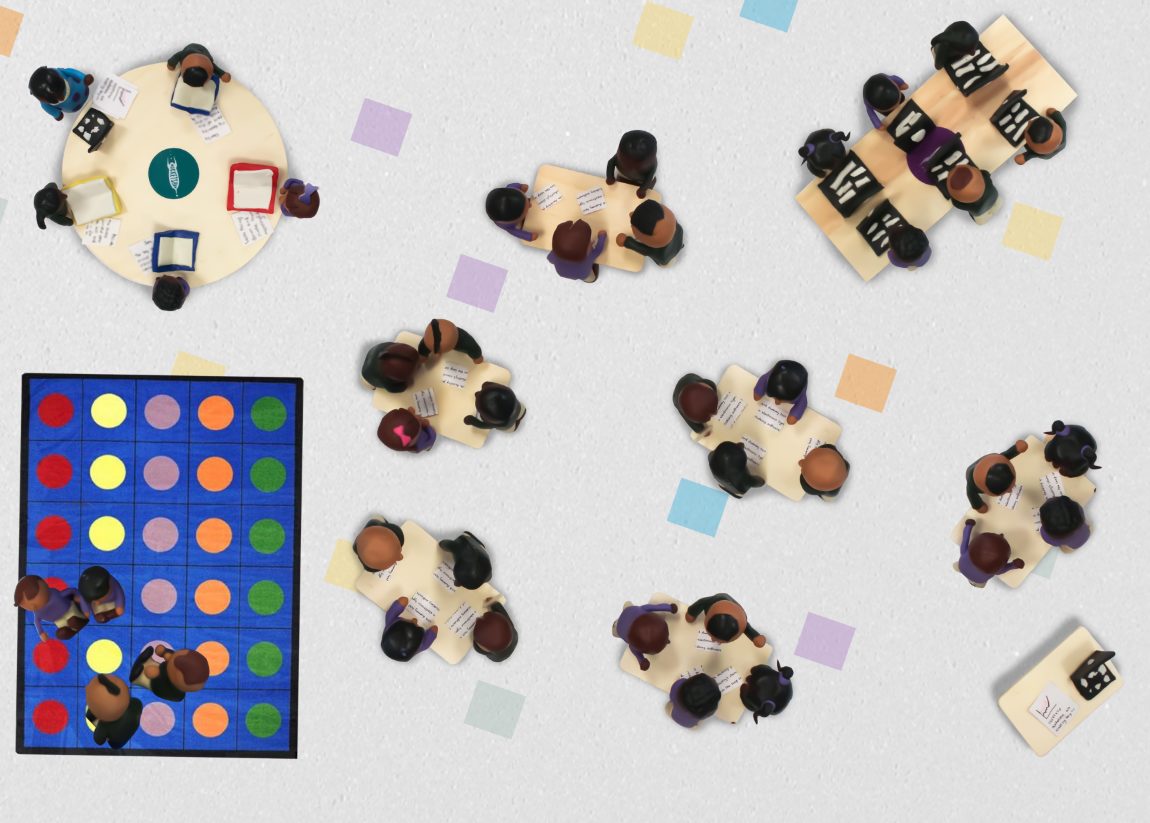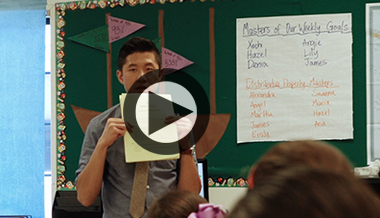
Blended Strategies for your Classroom: Expectations for Rotations
by Stephen Pham, Teacher, Sí Se Puede Academy
At Rocketship, we implement many systems to ensure students receive an education personalized to their needs. Through structures like the Learning Lab and our data-driven instruction, we give our students practice with the skills they need when they need it. Through teaching and ongoing development as an educator at Rocketship, I have been able to experience how our organization continues to improve and refine our blended learning practices.
Over the past year, I have had the great opportunity to also work with BetterLesson in their Blended Learning Master Teacher Project to further develop and share some of my blended learning practices in my class. As a part of a cohort of 11 great blended teachers throughout the country, we continue to contribute and explore the possibilities of what blended learning can look like in the classroom. You can read my afterthoughts and reflections about a conference that we had back in November 2014 where we began our work in this project.
The site, released in mid-February, will live as a free resource for any educator interested in bringing in blended learning strategies into his classroom or school. As we continue to dig deep into how blended learning is implemented, we will add more and more strategies that we are utilizing in our classrooms.
Below, you can find one of the strategies I often utilize in my classroom: rotation expectations. In order to work on personalized practice, students must sometimes move to different parts of the class.
Before my students begin our system of rotations at the beginning of the year, I take time to make it very clear where they will go, what they will do and what materials they will need. I also make sure to do frequent checks for understanding. Dedicating extra time to review rotation expectations at the beginning of the year helps to ensure that rotations will run smoothly throughout the year. Class tutors are also selected for each rotation. They walk around to support their peers who need help and even help to manage class behavior. Class tutors are given an iPad with access to our ClassDojo site, where they award “positive points” to students following expectations and “needs improvement points” to those who are not following expectations. Through explaining my expectations and leveraging the class tutor to reinforce these expectations, I ensure that my students are giving their best efforts during our rotations.
Interested in checking out more strategies (also from different teachers in different grade levels and content areas)? Check out our project here: betterlesson.com/blended
Follow Stephen on Twitter @stephenqpham.
Stephen is a fifth grade STEM teacher at Sí Se Puede Academy and a STEM Integration Associate for Rocketship’s network Achievement Team. Stephen is also a part of the BetterLesson Blended Learning Master Teacher Project. He grew up in Southern California and attended the University of California, Los Angeles where he studied biophysics. After graduating, Stephen joined Teach for America and has been teaching at Rocketship ever since, now going into his third year. In his practice, Stephen leverages a blended learning approach to teach math and science, getting students to apply their mathematical reasoning in a variety of ways. Stephen lives in San Francisco and enjoys spending time outdoors with friends.
Published on March 9, 2015
Read more stories about: Personalized Learning.



